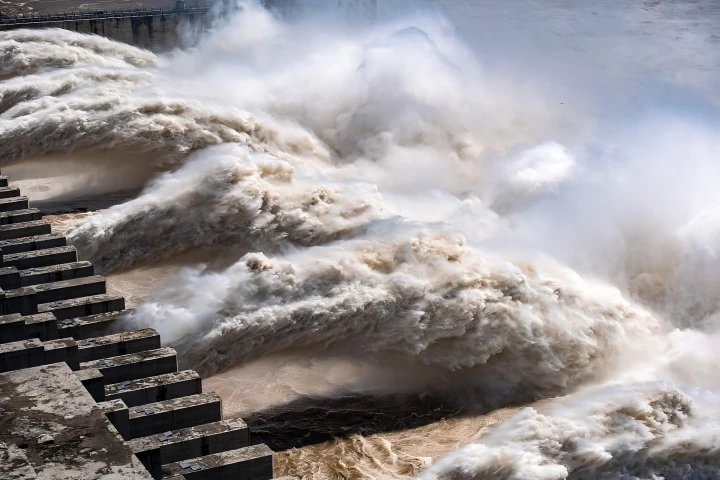Virgin Galactic's VSS Unity suborbital spacecraft took to the skies over the Mojave desert in an unpowered flight test of the ship's feather re-entry system. Piloted by Mark Stucky and Mike Masucci, the glide test is the fourth independent flight and the eighth total flight of the craft, which is designed to carry paying passengers on brief excursions to the edge of space.
According to Virgin Galactic, the May 1 flight of Unity was part of the company's flight test program to certify the spacecraft to carry passengers in regular service. Though the craft is designed to reach supersonic speeds using a hybrid liquid/solid rocket engine, this glide flight was conducted without rocket power as the Unity was dropped from the mothership WhiteKnightTwo carrying pilots Nicola Pecile and CJ Sturckow and flight test engineer Dustin Mosher.
As part of the test, Unity deployed its "feather" re-entry system that is designed to return the craft safely to Earth after touching space. Because the rarefied atmosphere makes the control surfaces useless at an altitude of 100 km (62 mi), Unity has a foldable boom tail that tilts up and causes the craft to take on the aerodynamics of a badminton shuttlecock, slowing it down as it descends until it reaches a low enough altitude to use its wings again.
The feather test follows the spacecraft's first free-flight in December 2016. Unity is the second version of the company's SpaceShipTwo and was built by Virgin Galactic's subsidiary, the Spaceship Company. It replaces a previous craft lost in a fatal accident during a test flight in 2014, when VSS Enterprise (SS2-001) broke up in midair after being dropped from the WhiteKnightTwo mothership, resulting in the death of the co-pilot Michael Alsbury and severe injury to the pilot, Peter Siebold, who was thrown clear as the craft disintegrated.
Virgin Galactic is currently assessing data from the test flight and will incorporate it in later tests of Unity's flight weights and centers of gravity.
The video below discusses the feather test.
Source: Virgin Galactic





